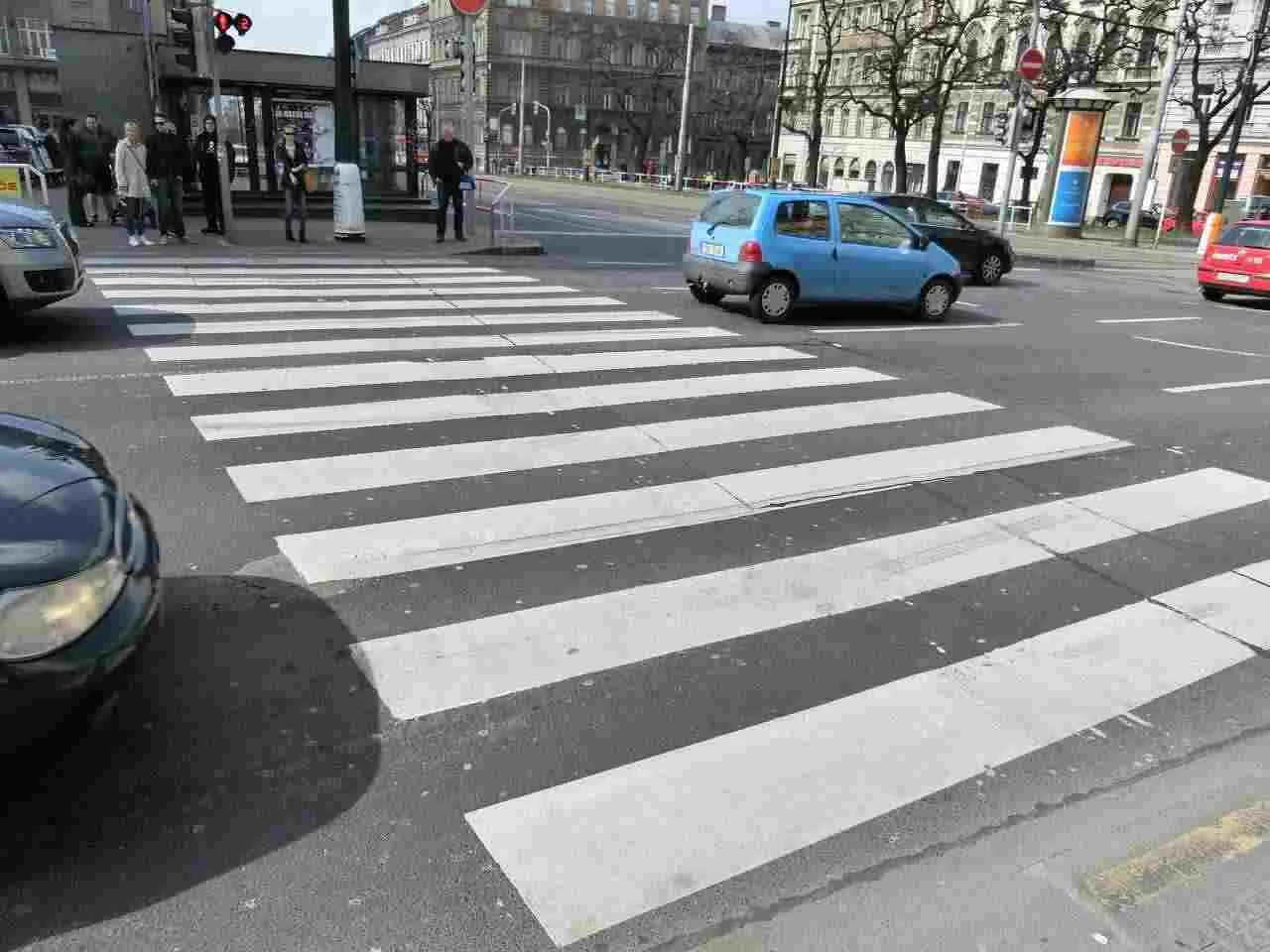Pedestrian Rights and Responsibilities in Georgia

As pedestrians, navigating the streets of Georgia requires an understanding of both rights and responsibilities to ensure safety for oneself and others sharing the road. Georgia’s laws governing pedestrian behavior aim to protect individuals on foot while promoting harmony with other road users, including motorists, cyclists, and public transit operators. Here’s a comprehensive overview of pedestrian rights and responsibilities in Georgia:
Pedestrian Rights
- Right of Way at Crosswalks: In Georgia, pedestrians have the right of way at marked and unmarked crosswalks. This means that motorists must yield to pedestrians who are lawfully crossing the road within a crosswalk, whether it is marked or unmarked.
- Sidewalk Usage: Pedestrians have the right to use sidewalks whenever they are available. When sidewalks are present, pedestrians should use them instead of walking on the roadway, ensuring their safety and minimizing conflicts with vehicular traffic.
- Obeying Traffic Signals: Pedestrians are required to obey traffic signals and pedestrian crossing signals at intersections. This includes waiting for the “walk” signal before crossing the street and refraining from crossing when the signal indicates “don’t walk” or “stop.”
- Safe Crossing Practices: Pedestrians should exercise caution when crossing roadways outside of marked crosswalks. While not prohibited, crossing at locations other than designated crosswalks should be done safely, yielding to vehicular traffic and ensuring that it is safe to proceed.
Pedestrian Responsibilities
- Using Crosswalks: Pedestrians are encouraged to use marked crosswalks when crossing roadways, as they provide a designated and safer crossing point. Whenever possible, pedestrians should choose routes that incorporate crosswalks and pedestrian signals.
- Yielding to Traffic: Pedestrians are responsible for yielding to vehicular traffic when crossing roadways at locations other than marked crosswalks or intersections. This includes waiting for gaps in traffic or using pedestrian islands to safely cross multi-lane roads.
- Avoiding Distracted Walking: Just as distracted driving poses risks on the road, distracted walking can also lead to accidents and injuries. Pedestrians should avoid distractions such as using smartphones, listening to headphones at high volumes, or engaging in activities that divert their attention from their surroundings.
- Visibility at Night: To enhance visibility and reduce the risk of accidents, pedestrians walking at night or during low-light conditions should wear reflective clothing or carry a flashlight. Increased visibility makes it easier for motorists to see pedestrians and react accordingly.
Conclusion
By understanding and adhering to pedestrian rights and responsibilities, individuals can contribute to safer roadways and reduce the likelihood of accidents involving pedestrians in Georgia. Whether walking for leisure, exercise, or commuting, prioritizing safety and compliance with traffic laws is essential for pedestrians and motorists alike.
